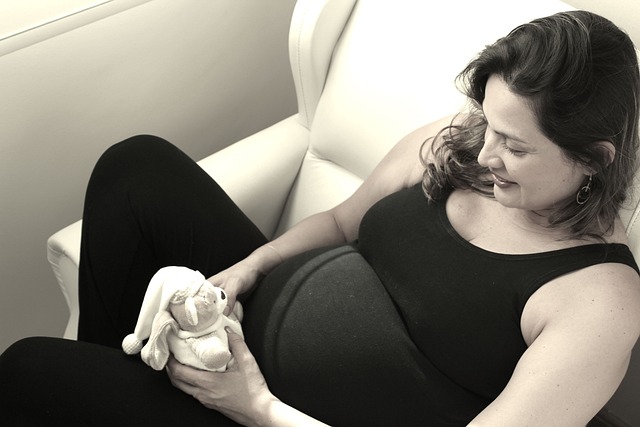Hey there! So, let’s chat about oocyte donation, which is basically when a woman donates her unfertilized eggs to help another woman who can’t produce eggs herself but is able to carry a baby. This means she can use an embryo created from the donated egg and sperm from her partner or a donor to conceive.
Who Can Receive Donated Eggs?
Now, if you’re considering this, the donor goes through a pretty comprehensive IVF process, involving hormone injections and then the retrieval of the eggs. But who can actually receive these donated eggs? Well, there are a few scenarios where egg donation might be the best route:
- If you don’t have functioning ovaries, maybe due to cancer treatments or early menopause.
- If you’ve been desperately wanting kids and have tried IVF multiple times with no luck using your own eggs.
- If your chances of conceiving improve significantly by using donated eggs.
- If you’re a carrier of a genetic condition that could potentially be passed down to your child.
What is an Oocyte Bank?
So, what’s an oocyte bank? It’s where we keep healthy women’s eggs. These eggs get fertilized with the sperm from the partner or a donor before being inserted into the woman’s uterus. Unfortunately, right now, the waiting list for donated eggs is closed, as there aren’t enough eggs to meet the demand. It’s a bit of a bummer, but TFP MC Kinderwens is one of only three fertility centers in the Netherlands that has access to an oocyte bank. The criteria to qualify for using donated eggs are quite strict, so check our info brochure for more details.
Choosing a Donor
In the Netherlands, you can either work with a personal donor, like a sister or close friend, or go with an anonymous donor. All potential donors go through a medical screening to ensure they’re healthy and have a good ovarian reserve. They also get tested for STIs, in line with Dutch laws.
The Treatment Process
When it comes to the treatment process, the donor will undergo hormonal stimulation to help mature several eggs. We keep an eye on how the follicles grow using ultrasound. Once they’re ready, the eggs are retrieved using a hollow needle. After that, they’re either fertilized right away or frozen for later use. Once fertilized, these embryos are incubated for a few days before being transferred to the woman’s uterus.
Before the transfer, the woman will take meds to prepare her uterus for the embryo. If everything goes well, any extra high-quality embryos can be frozen for future use.
Explore Your Options
If you’re curious about family growth options, don’t hesitate to book a consult with friendly experts. And if you’re interested in names for your future little one, you might want to check out this post on some of the top baby boy names starting with M. Also, if you’re exploring home insemination options, sites like CryoBaby have great at-home insemination kits to consider. For more detailed information on the insemination process, this Healthline article has excellent insights.
Conclusion
To sum it up, oocyte donation can be a wonderful option for women who want to conceive but face challenges in producing their own eggs. The process involves careful screening, hormonal treatment, and embryo transfer, all designed to help create the best chance for a successful pregnancy.

